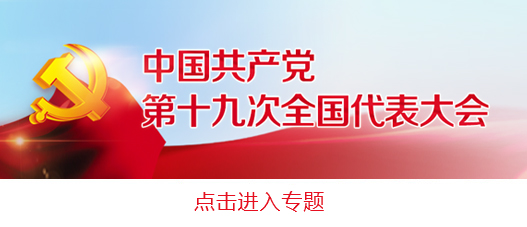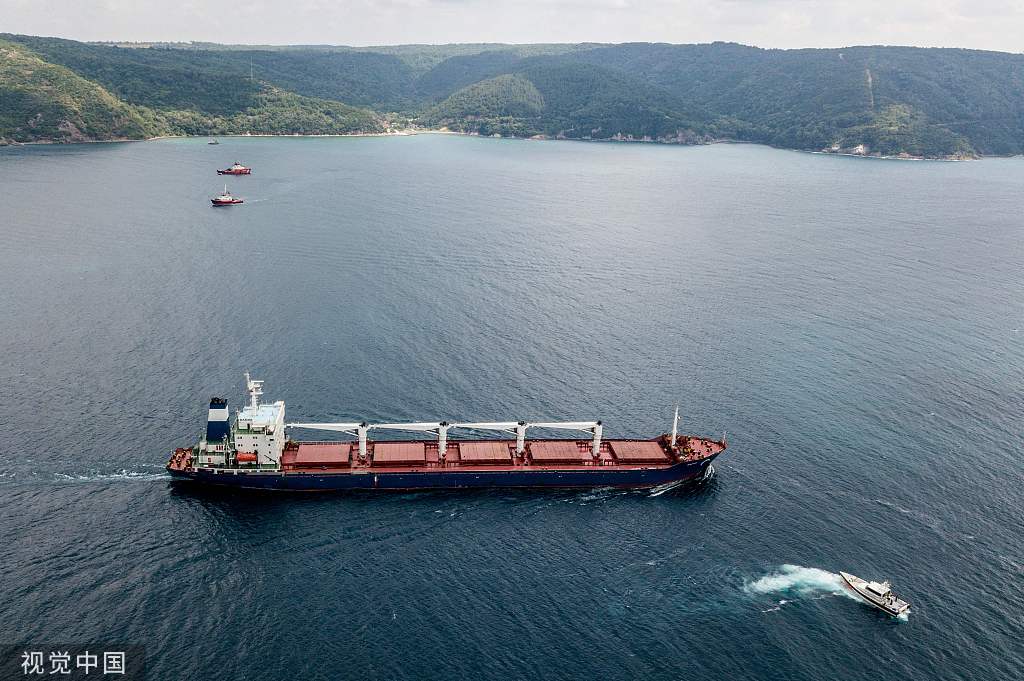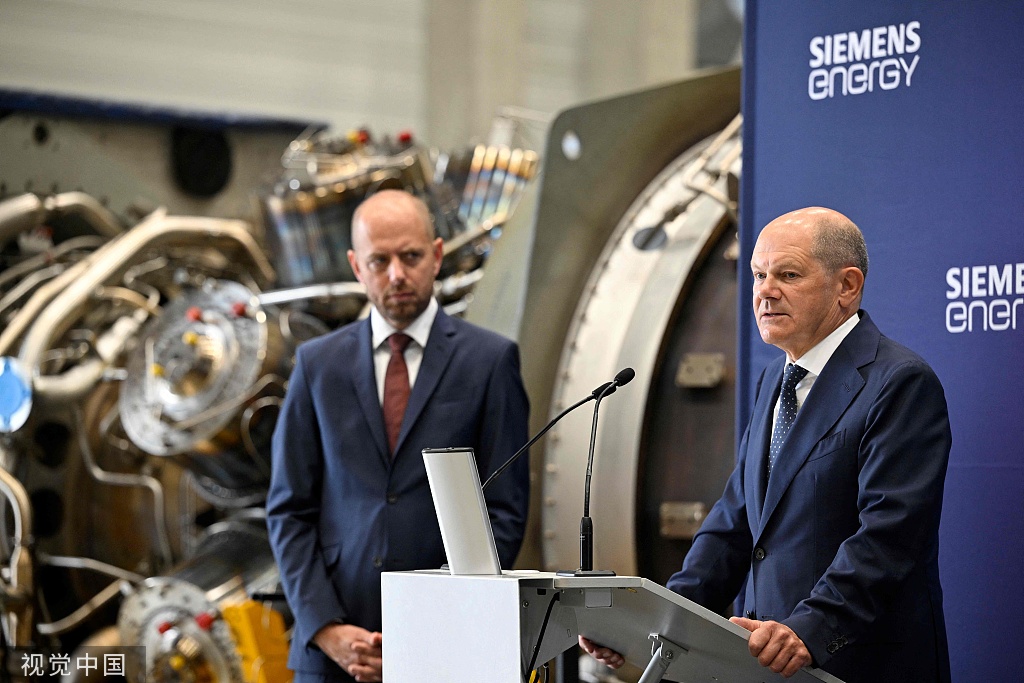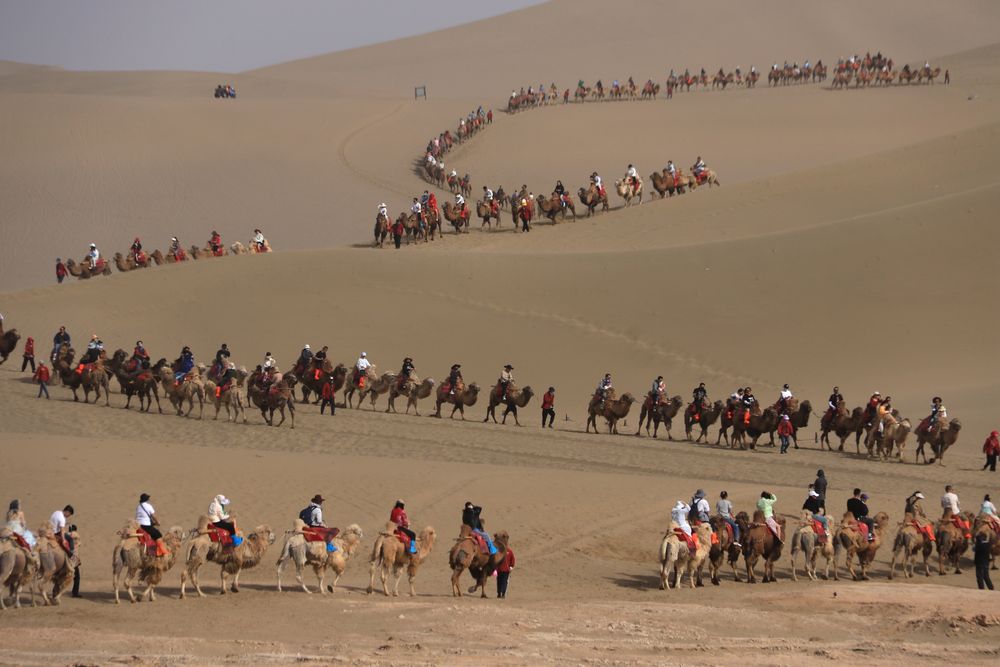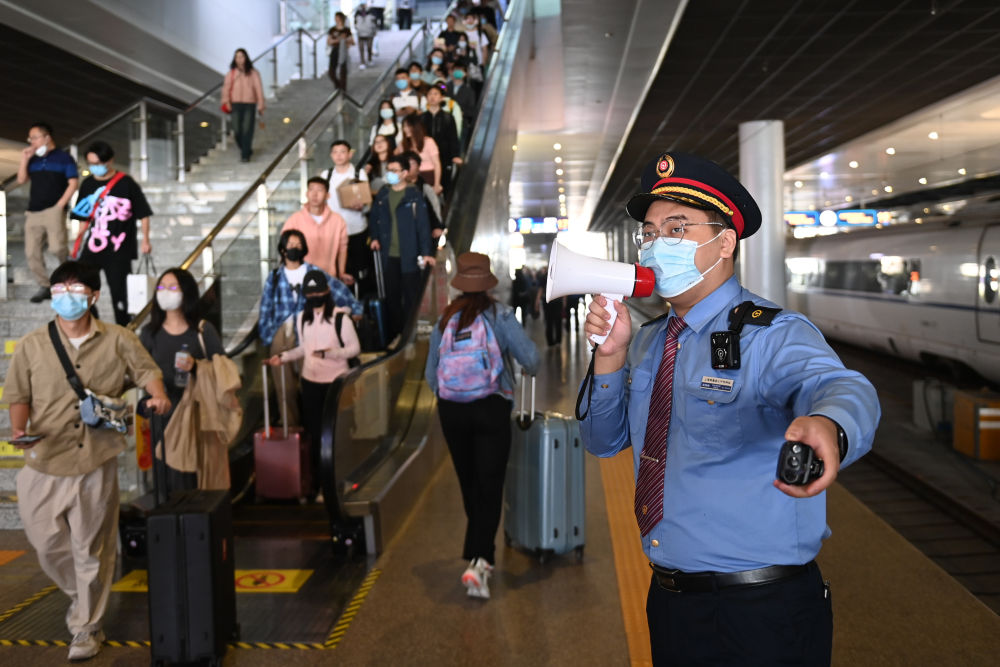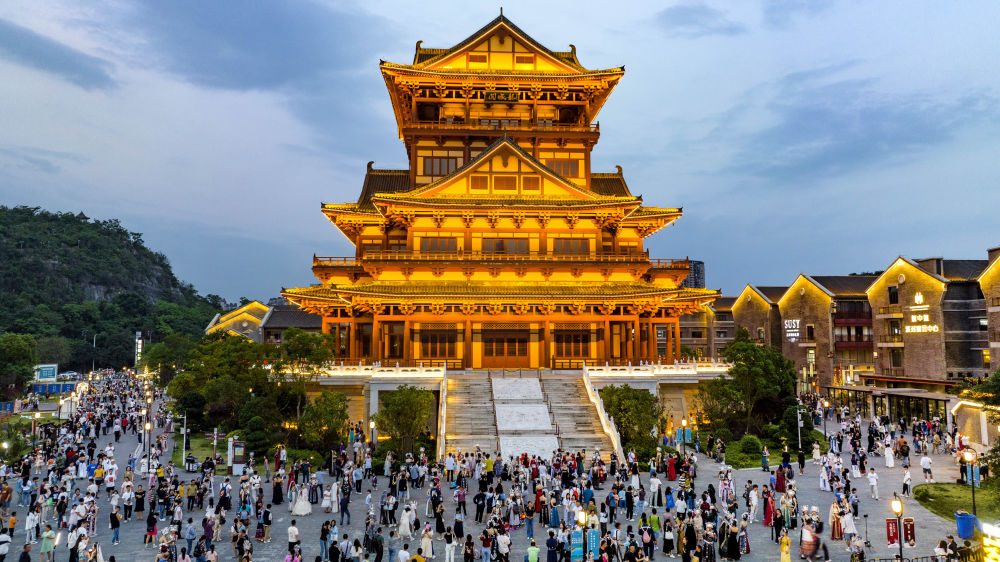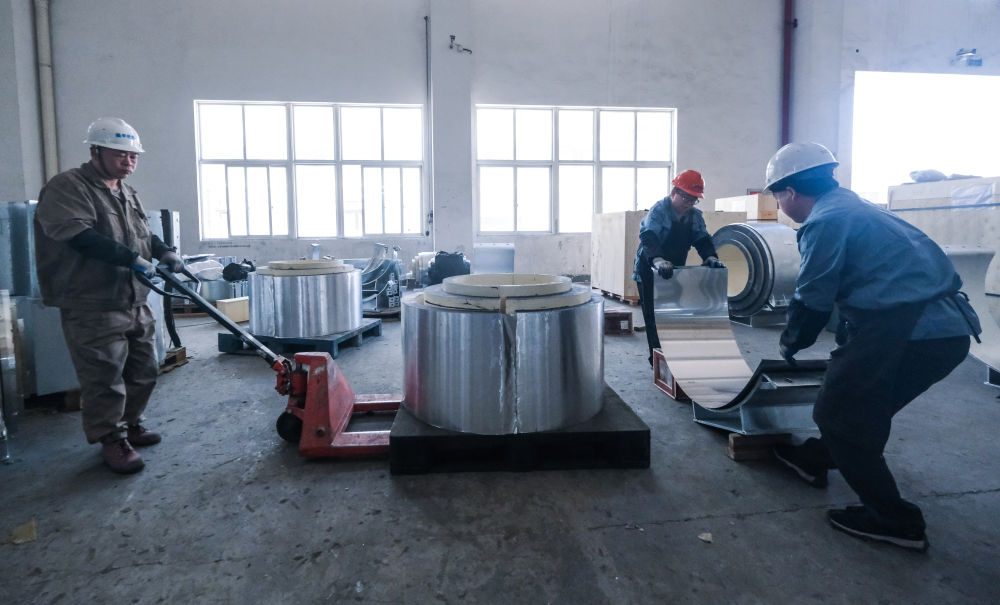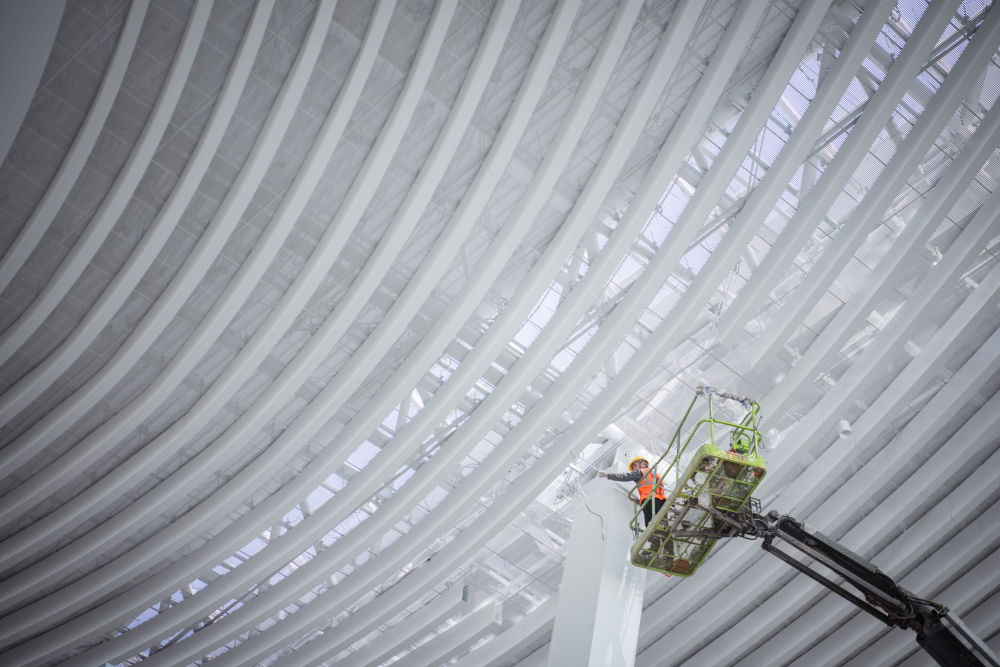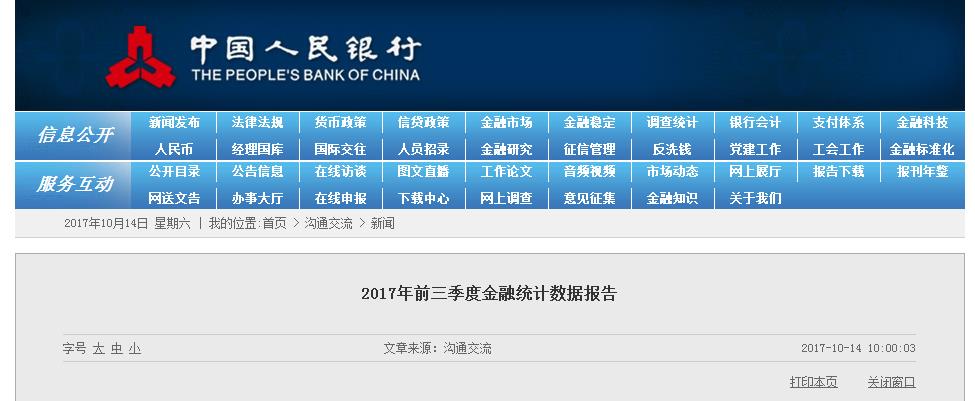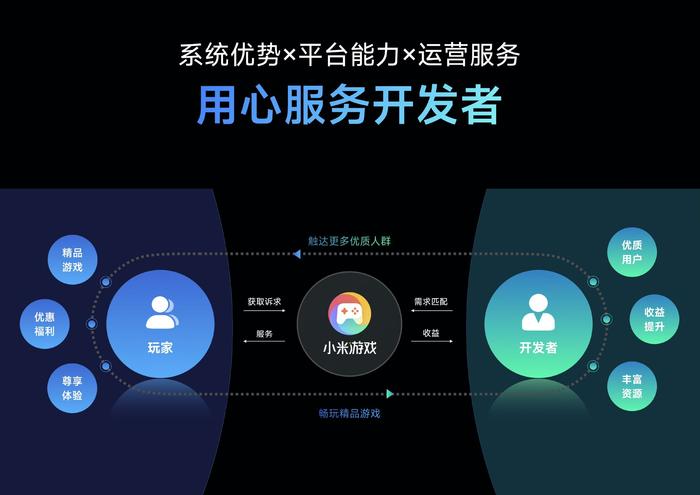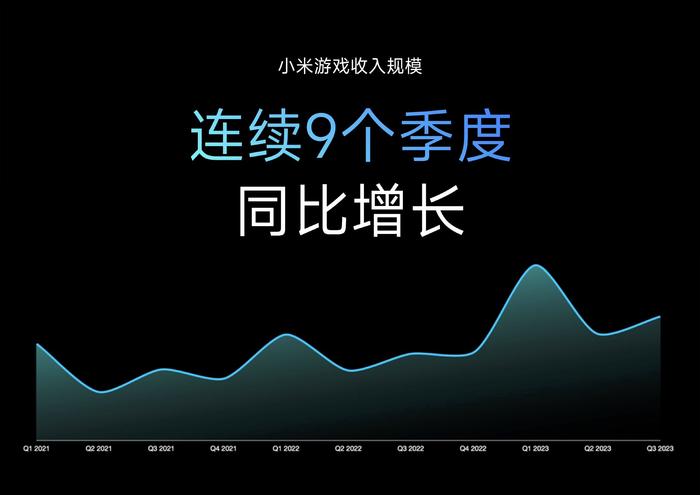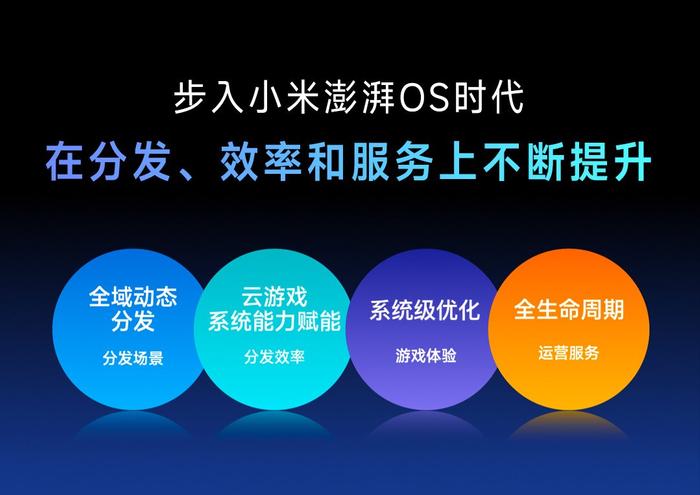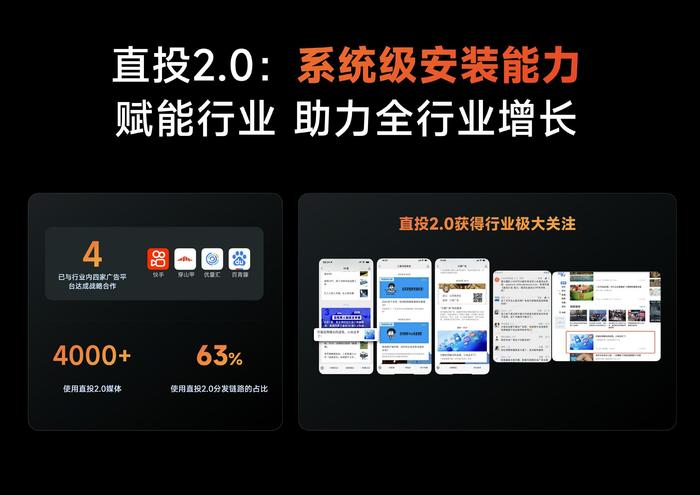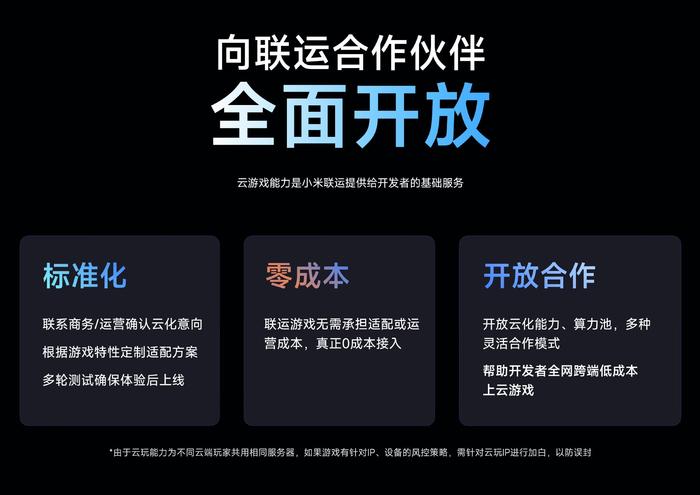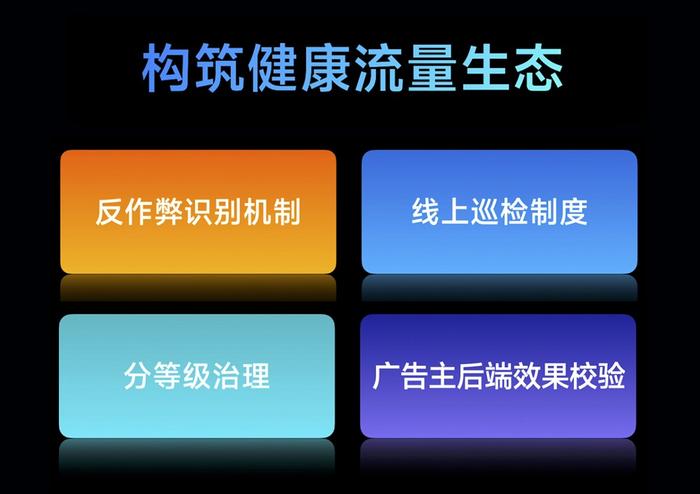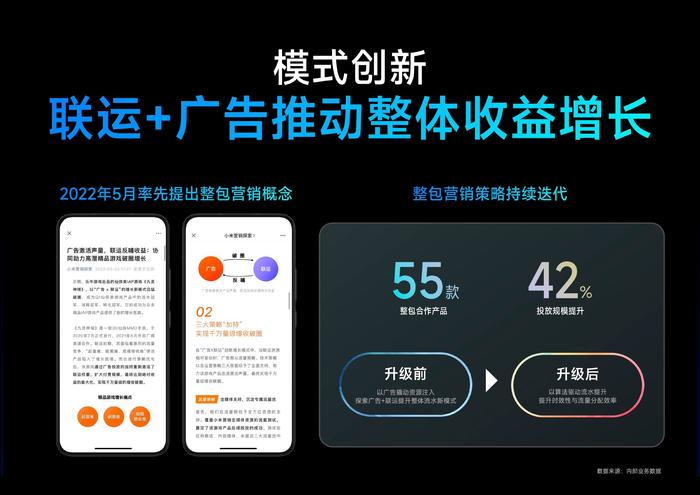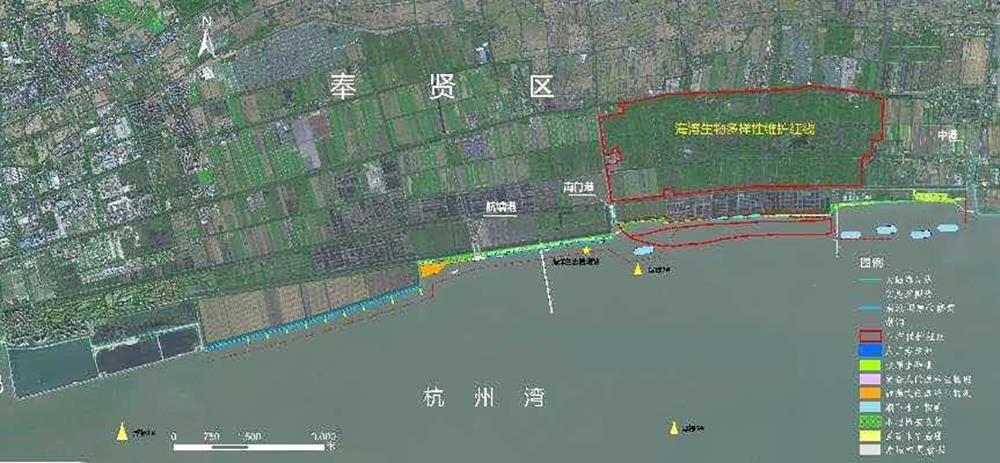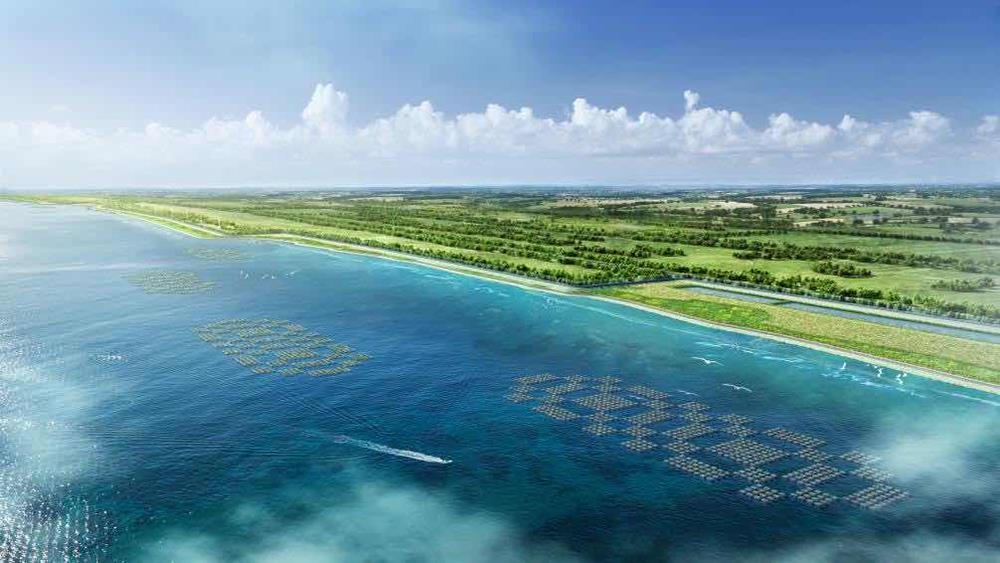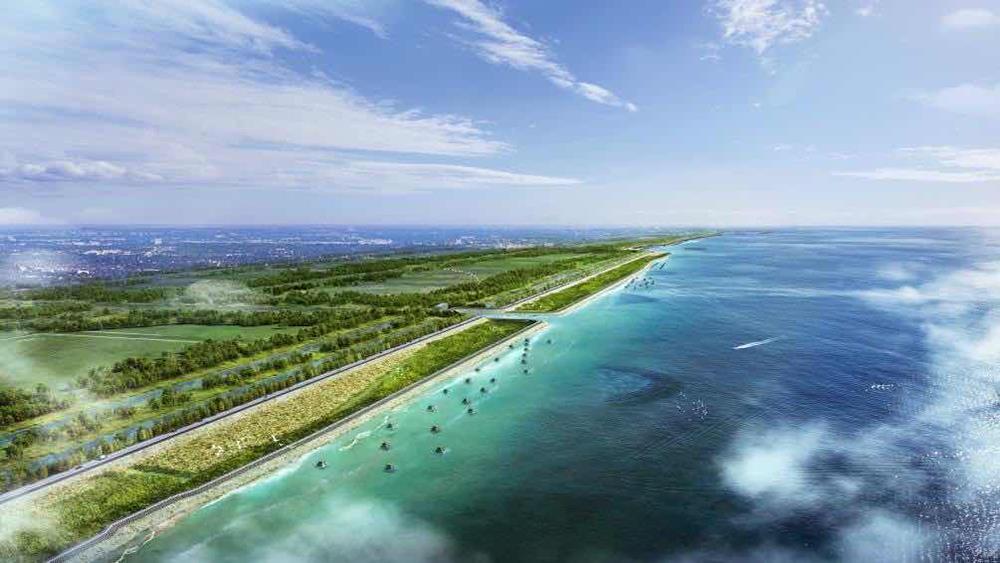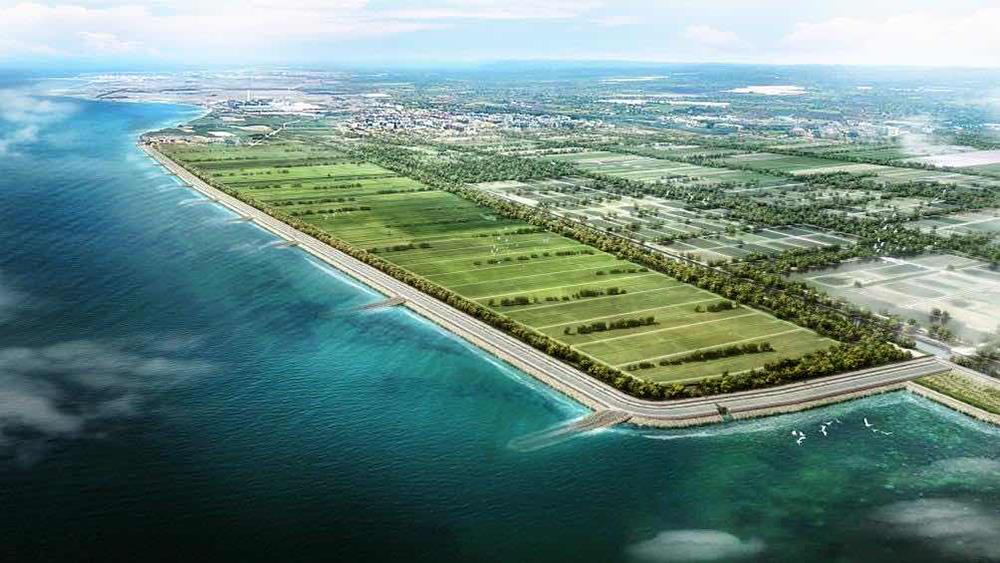Since the 18th National Congress of the Communist Party of China, China’s intangible cultural heritage protection has gone through a remarkable and crucial five-year development process. Cultural administrative departments at all levels thoroughly implemented the spirit of a series of important speeches by the Supreme Leader General Secretary on the inheritance and development of Chinese excellent traditional culture, implemented the relevant requirements of the Opinions on Implementing the Inheritance and Development Project of Chinese Excellent Traditional Culture issued by the Central Office and the State Council, and actively promoted the protection and inheritance of intangible cultural heritage in accordance with the People’s Republic of China (PRC) Intangible Cultural Heritage Law (hereinafter referred to as the "Intangible Cultural Heritage Law"), promoted the creative transformation and innovative development of Chinese excellent traditional culture, and continuously enhanced the vitality and influence of intangible cultural heritage, with remarkable results.
Deepen the concept of protection and consolidate the achievements of protection
In the past five years, the protection of intangible cultural heritage has taken a big step from the basic work stage of "rescue and protection, establishing rules and regulations" to the deep development stage of "consolidating the achievements of rescue and protection and improving the level of protection and inheritance".
Since Kunqu Opera was selected as UNESCO’s "representative work of oral and intangible heritage of mankind" in 2001, the government-led protection of intangible heritage in China has gone through 16 years. For more than 10 years, under the great attention of the CPC Central Committee and the State Council, and through the joint efforts of cultural administrative departments at all levels and all walks of life, China’s intangible cultural heritage protection has made remarkable achievements. From 2005 to 2009, China launched the first large-scale nationwide intangible cultural heritage survey, and the total number of intangible cultural heritage resources was nearly 870,000, which comprehensively understood and mastered the types, quantity, distribution, survival and inheritance of intangible cultural heritage resources in various regions and ethnic groups. On this basis, China has established a national, provincial, municipal and county-level intangible cultural heritage list system. Up to now, the State Council has approved the publication of four batches of 1372 national representative projects, and all provinces, autonomous regions and municipalities have approved the publication of 13087 provincial representative projects. The Ministry of Culture named four batches of 1986 national representative inheritors, and 14928 provincial representative inheritors were named by provinces, autonomous regions and municipalities. In order to strengthen the overall regional protection of intangible cultural heritage and its breeding and development environment, since the establishment of the Minnan Cultural and Ecological Protection Experimental Zone in 2007, China has successively set up 21 national-level cultural and ecological protection experimental zones (hereinafter referred to as "ecological zones") in areas where intangible cultural heritage projects are concentrated, distinctive features and contents and forms remain intact, and strived to promote each ecological zone to become an area with rich heritage, strong atmosphere, distinctive features and benefits for the people.
With the formal promulgation and implementation of the Intangible Heritage Law in 2011, the legal system and working mechanism of intangible heritage protection in China are becoming more and more perfect. Twenty-six provinces, autonomous regions and municipalities across the country have promulgated regulations on the protection of intangible cultural heritage; The state has set up a special fund for the protection of intangible cultural heritage; Non-legacy offices and non-legacy protection centers have been established in various places. From the rescue and protection to the establishment of regulations, many "China experiences" have been recognized by the international community in the practice of intangible cultural heritage protection for more than 10 years.
In the past five years, the Ministry of Culture has continuously improved the top-level design and standardized the work flow, and the working mechanism focusing on protecting the inheritance practice, ability and environment has been continuously improved, and the specific work has been carried out in a more in-depth and detailed manner. For example, the system norms on the protection and management of non-legacy representative projects, the identification and management of representative inheritors, the management of special funds, and the construction and management of cultural and ecological protection zones have been further improved; Actively explore the establishment of performance evaluation system for key projects, key work and non-legacy protection projects; Study and formulate protection, inheritance and revitalization plans in different categories.
The concept of intangible cultural heritage protection has also been deepened. In recent years, the Ministry of Culture has emphasized three concepts: first, the concept of protection in improvement. The key to intangible cultural heritage protection is inheritance. Only by constantly improving the level of inheritance can we enhance the expressive force and attractiveness of intangible heritage, maintain and expand the space for its survival and development, encourage and attract more people to join the ranks of inheritance, and realize sustainable intangible heritage protection. The second is the idea of non-legacy entering modern life. Intangible heritage is the cultural imprint of a nation and the way of life of a nation and a region. Intangible Cultural Heritage is the practice of live transmission with people as the core and life as the carrier. Non-legacy lives in life, and it is necessary to promote non-legacy to be more fully integrated into contemporary people’s lives on the basis of adhering to tradition and not losing its roots, so that non-legacy can be passed down in the daily lives of thousands of families. The third is the ecological protection concept of seeing people, things and life. In the process of ecological zone construction and traditional village protection with the Ministry of Housing and Urban-Rural Development, the Ministry of Culture requires that intangible cultural heritage projects be protected together with the humanistic environment that they have nurtured and nourished; It is required to preserve the aborigines in the transformation of ancient villages and old streets, protect the lifestyle of aborigines, avoid traditional villages and old streets becoming hollow sites with only buildings and shops without aborigines, and avoid inheriting the environment and soil without loss.
The level of protection and inheritance has jumped to a new level.
Improving the development level of non-genetic inheritance is an important way and an inevitable choice to strengthen cultural self-confidence and build a strong cultural country.
In the past five years, the central government has invested a total of 4.6 billion yuan in intangible cultural heritage protection, and the central budget has allocated 1.1 billion yuan to build 153 intangible cultural heritage protection and utilization facilities, and the subsidy for national representative inheritors has been increased from 10,000 yuan to 20,000 yuan per year. The local finance has invested a total of 3.9 billion yuan. Except for Heilongjiang and Jilin, all provinces, autonomous regions and municipalities have set up a subsidy ranging from 3,000 yuan to 20,000 yuan for the representative inheritors at this level. A large number of representative projects have been effectively protected and the vitality of inheritance has been greatly improved; The inheritance conditions of representative inheritors have been significantly improved, and their social status has been continuously improved.
In the past five years, the Ministry of Culture has fully realized that in the current historical background, we must strive to maintain the conditions for the continuation of intangible heritage, and at the same time take correctly responding to environmental changes and realizing the sustainable development of intangible heritage as the priority direction of policy research and formulation, and take improving the ability of inheritance and practice as the top priority.
After in-depth research, in 2015, the Ministry of Culture, together with the Ministry of Education, launched a training program for non-genetic inheritors in China to provide academic and teaching resources support for non-genetic inheritors. Up to now, 78 colleges and universities across the country have held more than 280 training courses, and with extended training, a total of more than 40 thousand people have been trained. Through the practice of research and training, non-genetic inheritors and practitioners not only have increased their knowledge, broadened their horizons and improved their skills, but also have a deeper understanding of the cultural connotation of their projects and a stronger confidence in the value and potential of their own skills. Moreover, they have promoted the interaction between universities and communities, which is of great significance for enriching academic accumulation, improving the level of discipline and professional construction, strengthening the education of excellent traditional culture, and enhancing the ability of cultural inheritance and innovation.
Since 2016, according to the requirements of the Fifth Plenary Session of the 18th CPC Central Committee and the Outline of the 13th Five-Year Plan for National Economic and Social Development, the Ministry of Culture has taken the lead in researching and formulating the China Traditional Craft Revitalization Plan. In March this year, the General Office of the State Council forwarded this plan. In the process of drafting the plan, the Ministry of Culture actively explored effective measures to revitalize traditional crafts, supported relevant enterprises, colleges and institutions to set up traditional craft workstations in Hami, Xinjiang, Xiangxi, Hunan, Leishan, Guizhou, Guoluo, Qinghai, Huangshan, Shanxi, Xinzhou and Dongyang, Zhejiang, and helped local traditional craft enterprises and practitioners to restore and promote excellent crafts, explore national elements and develop rich national and regional characteristics on the basis of respecting local culture, national traditions and craftsmen. At present, enterprises stationed in Hami, Xiangxi and Leishan Workstations have developed hundreds of new products using local ethnic elements together with local craftsmen. The increase in orders has led to an increase in the income of craftsmen, and the inheritance team of traditional crafts in these places has expanded, and young people have begun to join. Some traditional skills projects have been revived by increasing income and expanding employment.
Constructing the record of cultural ecological development
The construction of cultural and ecological protection zone is a regional overall protection mode to adapt to the rheological and holistic characteristics of intangible cultural heritage. Paying attention to holistic protection is one of the distinctive features of the "China experience" of intangible cultural heritage protection. Up to now, 21 ecological zones have been announced, involving 17 provinces and regions such as Fujian, Anhui, Jiangxi, Qinghai and Sichuan. Referring to the concept and practice of ecological zones, provinces, autonomous regions and municipalities have also set up 146 provincial-level cultural and ecological protection zones with distinctive features.
In the past five years, in order to further clarify the direction and path of ecological zone construction, the Ministry of Culture has put forward the working concept of "seeing people, seeing things and seeing life" and the construction goal of building an ecological zone with rich heritage, strong atmosphere, distinctive features and benefiting the people.
The Ministry of Culture emphasizes that in the construction of ecological zone, we should focus on highlighting the main position of non-genetic inheritors and local residents, highlighting the bearing role of communities, paying attention to atmosphere construction, enhancing people’s sense of acquisition and cultivating unique characteristics. The main body responsible for the construction of ecological zone is the local government, the community where the intangible cultural heritage project is located and the people who inherit it. Local governments should take the initiative to assume the responsibility and obligation of protection. They should not only report the construction situation to the Ministry of Culture, but also regularly solicit opinions from all walks of life in the region, conduct self-evaluation and third-party evaluation, and announce the evaluation results to the public.
In the past five years, the Ministry of Culture has continuously strengthened its guidance on the work of ecological areas. On the one hand, it has guided the ecological areas to make a good overall plan, requiring each ecological area to identify its own characteristics and form its own characteristics, on the other hand, it has taken targeted support measures. Up to now, the overall planning of 16 of the 21 ecological zones has passed the demonstration and approval, and is being implemented; The master plans of two ecological zones are being compiled, and the master plans of three ecological zones are being compiled.
From 2011 to 2015, the Ministry of Culture supported the construction of 151 non-legacy comprehensive learning centers through the central finance; In 2016, the central government allocated 23.9 million yuan to support the construction and operation of 62 non-genetic learning centers in 18 national ecological zones, and arranged 25.2 million yuan to add 287 non-genetic learning points in ecological zones; In 2017, we will continue to support the ecological zone to carry out overall protection and universal education.
The work of intangible cultural heritage records is also a basic work for the protection of intangible cultural heritage. Since the 18th National Congress of the Communist Party of China, the Ministry of Culture has carried out the intangible cultural heritage records on the basis of previous investigation records, and gradually summed up the experience and expanded and established the intangible cultural heritage records project.
In order to effectively promote the rescue record work, since 2013, the Ministry of Culture has selected 50 representative inheritors across the country to carry out rescue record pilot projects, and started to organize the drafting and formulation of relevant business standards and technical specifications, which provided a scientific basis for comprehensive roll-out. In April, 2015, the Ministry of Culture issued the Notice on Carrying out the Rescue Recording Work of Representative Inheritors of National Intangible Cultural Heritage, and started the recording work of 300 national representative inheritors who are over 70 years old and under 70 years old but are sickly, and implemented it step by step year, so as to fully complete the rescue recording work of national representative inheritors during the Thirteenth Five-Year Plan period. Up to now, the central government has supported 839 national representative inheritors to carry out rescue records, and the unique skills and cultural memories carried by a group of representative inheritors have been recorded and preserved.
On the basis of the rescue records of national representative inheritors, the Ministry of Culture listed the intangible record project in the "Cultural Development and Reform Plan of the Ministry of Culture during the Thirteenth Five-Year Plan", and made a comprehensive, true and systematic record of the content, expression, evolution process, core skills and inheritance practice of intangible representative projects. At present, the Ministry of Culture is studying and formulating the overall plan of the intangible recording project, and determining the recording content, implementation steps, achievement forms, performance evaluation and sustainable mechanism of the intangible recording project.
Open up the pattern of modern non-genetic broadcasting
General Secretary of the Supreme Leader pointed out that it is necessary to make the most basic cultural genes of the Chinese nation adapt to contemporary culture and coordinate with modern society, spread them in a way that people like to see and hear and have extensive participation, carry forward the cultural spirit that spans time and space, spans the country, is full of eternal charm and has contemporary value, and spread the cultural innovation achievements of contemporary China that inherit excellent traditional culture and carry forward the spirit of the times, and is based on its own country and faces the world.
Over the past five years, as a representative of Chinese excellent traditional culture, Intangible Cultural Heritage has emerged in various international major events and conferences, and has become a beautiful business card for spreading Chinese culture. Various types of non-legacy exhibitions and live experience booths are often regarded as the "leading" cultural activities in international cultural exchange activities, and the wonderful non-legacy performances are full of praise from the representatives of various countries who come to the conference. In the process of Chinese culture going abroad, non-legacy also plays an important role. In overseas China Cultural Center, Tai Chi and calligraphy training are popular, and China traditional festivals and folk activities are widely spread.
In China, during the Spring Festival, Dragon Boat Festival and other traditional festivals and the "Cultural and Natural Heritage Day", a variety of non-legacy publicity and exhibition activities have comprehensively demonstrated the outstanding practical achievements of the party’s non-legacy protection work since the 18th National Congress, creating an atmosphere for the whole society to inherit and develop excellent traditional culture. According to statistics, in the past five years, 320,000 exhibitions of intangible cultural heritage have been held nationwide, with 540 million people participating. China Chengdu International Intangible Cultural Heritage Festival has been held for 6 times in 10 consecutive years, and China Intangible Cultural Heritage Expo has been held for 4 times in 8 consecutive years, with a variety of exhibitions, academic discussions and skill competitions, showing the intangible vitality and creativity. Extensive non-legacy community activities have improved the people’s sense of identity and participation in the protection of non-legacy and enhanced the motivation of inheritance practice. During the "Cultural and Natural Heritage Day" this year, the "splendid china-China Intangible Cultural Heritage Dress Show" held in Beijing Gongwangfu Museum attracted extensive media attention and reports. According to public opinion, in such non-genetic broadcasting activities of spinning, dyeing, weaving and embroidery with China characteristics and China style, it is very likely that the national brand with national characteristics will be stepped out and become a powerful leader in revitalizing China’s traditional crafts.
In recent years, the Ministry of Culture has attached great importance to exploring and constructing a normalized and professional non-genetic broadcasting system. At the end of August this year, the Department of Intangible Cultural Heritage of the Ministry of Culture and the Network News and Information Communication Bureau of the Central Network Information Office held an advanced seminar on non-genetic broadcasting, aiming at cultivating professional non-genetic broadcasting teams and promoting multi-level and multi-channel dissemination of intangible cultural heritage protection. A few days ago, a large-scale network communication activity of intangible cultural heritage, which was sponsored by the Ministry of Culture and the Central Network Information Office, was held in full swing. More than 200 media representatives from nearly 100 central news websites, local news websites and commercial websites went to Guizhou, Fujian, Shanxi and Hubei respectively. Through on-the-spot interviews and personal experiences, they reported in depth the vivid practice of non-genetic inheritance and development, and stimulated the vitality and vitality of Chinese excellent traditional culture with diversified means of communication. A vivid situation of inheriting and developing excellent traditional culture for all is taking shape. (Reporter Wang Xuesi)
